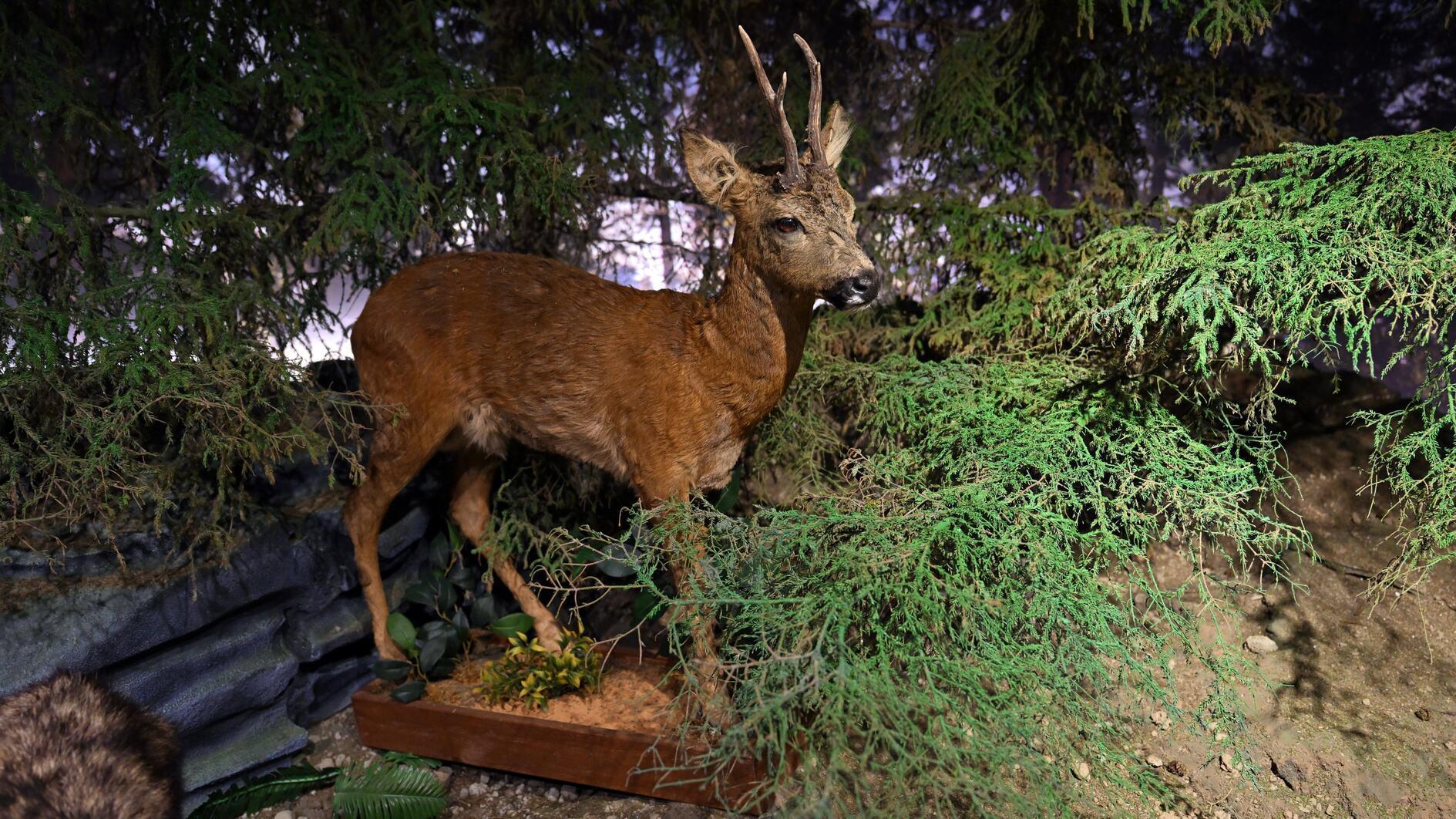
A museum in the Special Environmental Protection Area of Uzungöl, situated in the Black Sea province of Trabzon's Çaykara district, showcases taxidermied wild animals.
At the Uzungöl Dursun Ali İnan Museum, the wildlife section captivates visitors with animal figures, chairs, tables, chandeliers and various decorative items crafted from locally sourced tree roots by Dursun Ali İnan, who has operated a hotel and restaurant in the area since 1974.
Wild animals that died from vehicle crashes and other reasons are exhibited in the museum after being stuffed with various chemical processes.
The museum also hosts many historical items such as migrations, invasions, weddings, civil and religious architecture and agricultural and livestock products. But the section where animals living in the region such as wolves, deer, bears, lynxes, mountain goats, foxes, hawks and otters are displayed is one of the most popular areas of the museum.
Mehmet İnan, the manager of Uzungöl Dursun Ali İnan Museum, said that interest is increasing every year in the museum, which was established to exhibit the numerous collected artifacts in a more appropriate place.
Emphasizing that they received serious support from the geology, archaeology, wildlife and history departments of Karadeniz Technical University during the establishment of the museum, İnan said, "We formed a commission with curators, art directors, graphic designers and interior architects. Then, we designed, collected and exhibited the items together after nearly one year of work."
'We think we are exporting culture'
İnan stated that the number of visitors has increased every year since the opening of the museum.
“Although this year’s final figures have not been revealed yet, we think that the number of visitors has exceeded 2,000. Of course, foreign guests, especially guests from abroad, are more important to us, which means we are honored to introduce our culture abroad. We also see this as a national issue; we believe that we are exporting culture in this way. When we tell the guests about our history and life and integrate this with nature, it becomes more permanent. We are proud of this.”
İnan pointed out that they were very pleased with the positive reactions of the visitors after visiting the museum, and added that those who are interested in culture and history also experience emotional moments while visiting the museum.
He also noted that children from the region can visit the museum free of charge, as they will be the ones to carry on their culture, learning about the country's struggles and the value of the homeland by seeing historical artifacts such as swords.